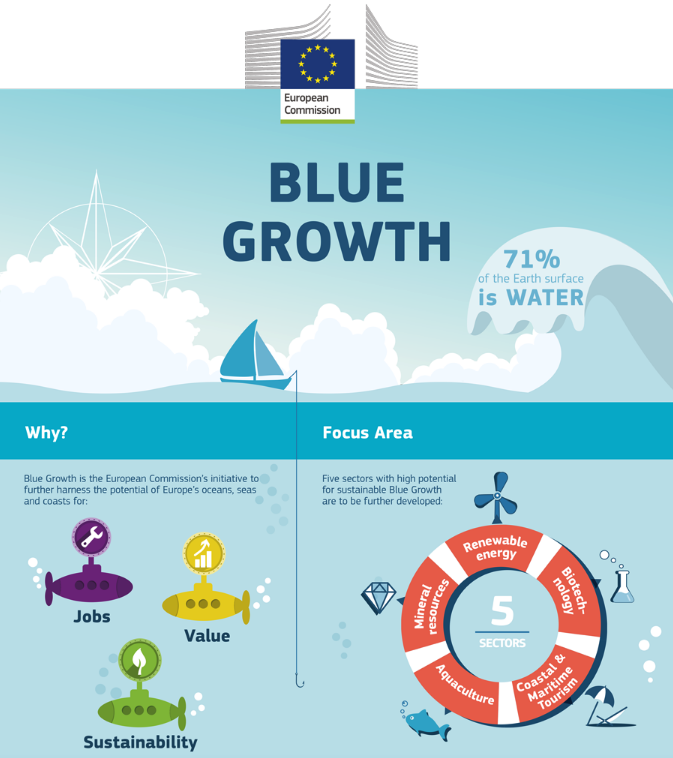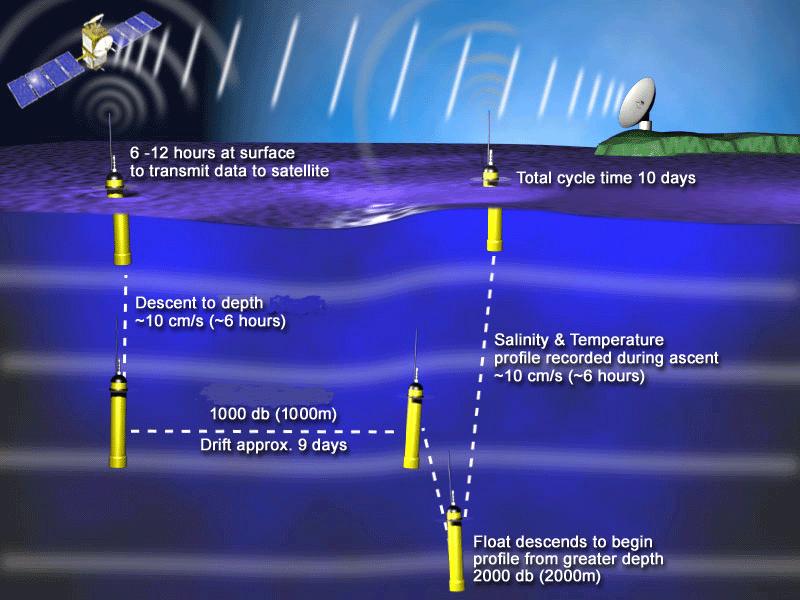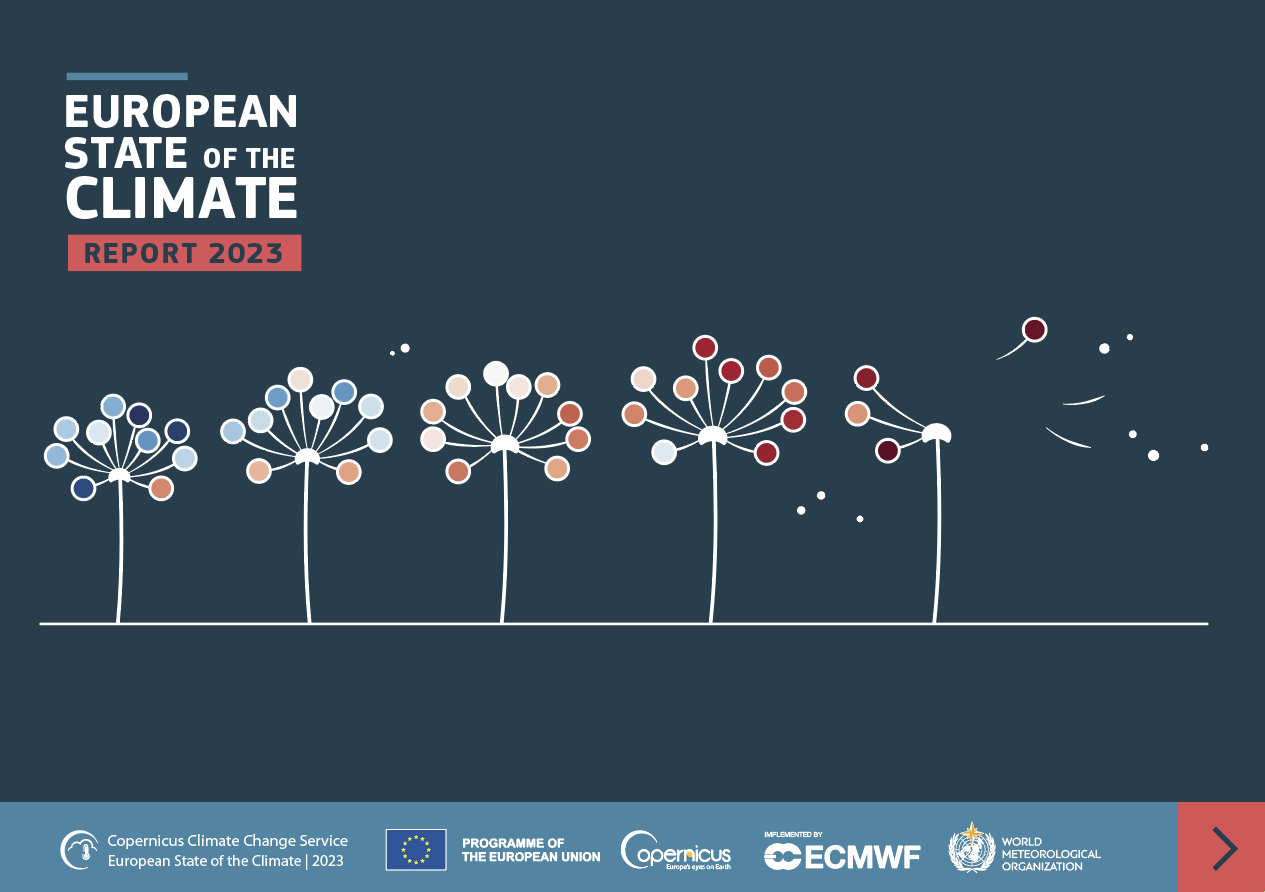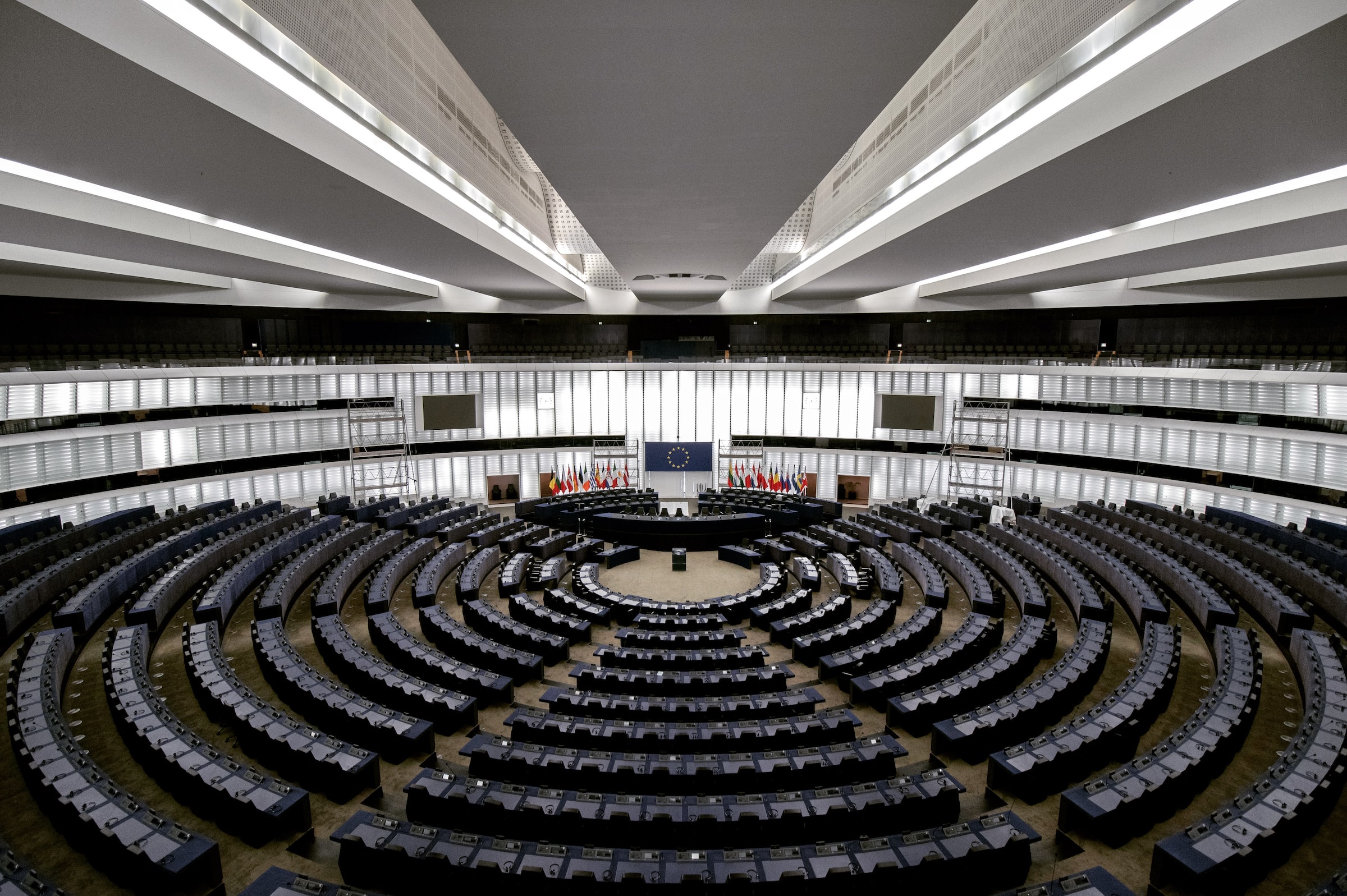There are a lot of helpful and suitable metaphors to describe the Ocean and the reasons that make it the target of intergovernmental strategies, the objective of geopolitical analyses, the subject of research programs. One of them would describe the Ocean as a mine of treasures that provides resources for the environment and humankind: oxygen, food, energy, nutrients.
Enlarge

Another metaphor refers to the Ocean as the core of Blue Growth, the strategy by which the European Commission invests in the seas as drivers for the economy and sources of potential for innovation and growth.
Surprisingly enough, when asked to describe the Ocean and the role it plays in the sustainable development perspective, Prof. Nadia Pinardi resorts to fiction: “Robert Dahl’s Big Friendly Giant is the perfect character to describe the relationship between human beings and natural resources, as it is intended in the framework for sustainable development.”
Oceanographer, Professor at University of Bologna, and co-president of JCOMM (Joint Technical Commission for Oceanography and Marine Meteorology), Prof. Pinardi identifies the main challenges that the scientific community is facing today in building a sustainable future for the Ocean. At the same time, she addresses the young generations and suggests: “Think of the Ocean as a Big Friendly Giant that needs to be driven and helped. Try to behave the same way Sophie acts in the Dahl’s novel: the young girl is not frightened by the Giant, she asks for help, and she in return provides help. They find an equilibrium, they support each other. The Giant is heavy, moves slowly and relentlessly provide goods that are essential for the humans and for the environment. It is a perfect metaphor for sustainable development, or, as we call it when related to the Ocean, Blue Growth”.
Science-based decisions
We cannot build such a relationship with the Giant if we do not understand its nature, its behaviour, the opportunities that it can provide, and the risks as well. That’s why science is pivotal. We know that the Ocean acts like a sponge that is absorbing the surplus of CO2 and the exceeding heat that is caused by human activities. In other words, the sea is mitigating the human-induced effects on the climate system. “Sooner or later the Ocean will give back what it is storing in its depths” Dr Simona Masina, Director of the Division Ocean modeling and Data Assimilation at the CMCC Foundation, explains. We don’t know when it will happen, but it is what the scientific community expects. How do scientists know that? By using a combination of observations and modeling: on the one hand, they get data to monitor the Ocean; on the other hand, they use models to simulate the behaviour of the Ocean in the past and to predict what could happen in the future. The integration of modeling and observations could be considered the new frontier in Oceanography.
It is a matter of improving our ability to know the sea, and making forecasts to provide scientific knowledge to support decision-makers in case of emergencies related to events such as floods, storm surge, and other hazards associated with the conditions of the sea.
“In the past ten years, – Prof. Pinardi says – the scientific community was able to set up the meteorological service of the Ocean. It has been a real step forward. We are now able to compare observations and models every day, we can check if our models are sound. It is a beginning; a lot is yet to be done”. The objective is clear: it is a matter of improving our ability to know the sea, and making forecasts to provide scientific knowledge to support decision-makers in case of emergencies related to events such as floods, storm surge, and other hazards associated with the conditions of the sea. Furthermore, detailed predictions are also helpful to assist the decision-making process in planning long-term strategies that are aimed at managing the risks associated with these events.
The resilience issue and a brand-new approach to predictions
It is what could be defined as the “resilience issue”, the understanding and predicting of the risks related to climate change and their impacts on the horizon of the public and private sector. Jupiter is a startup, which offers services, predictions, and analyses to city officials, insurance companies, businesses, and any other actor in the public arena who deals with urban planning in coastal areas. “If you are a commercial real estate developer, buying land and building properties will be your business, probably for twenty or thirty years. Then, you are not interested just to know whether you are going to have a flood tomorrow, but you would like to know how likely it is to have flooded in the coming decades”. Rich Sorkin, Co-Founder of Jupiter, has definite ideas on the importance of predicting climate-related risks: “Predicting risks is a very well-established activity in the private sector. In that sense, we are not doing anything new, but we are applying the prediction of risks to the field of climate change in novel and unique ways. When you are predicting risk, you are essentially predicting the likelihood that something is going to happen in the future. There are two ways that risk can be predicted. The first one consists in using history to predict future behaviour. These kind of models are excellent when the environment is stable and unchanging.” But in the case of climate change, when the system is changing in ways that are not captured by the past, you need to incorporate dynamic models that simulate the physics with models that allow us to understand the behaviour of the Ocean, to predict the changes in precipitation, and storm surge. “To provide this information – Sorkin concludes – you need to combine hydrology, ocean science, climate sciences, machine learning, and cloud computing all together to build this brand new approach to predicting risks related to climate change”.
To build reliable predictions of the Ocean you need to integrate observed data and simulations of what can happen in the future. It is precisely the direction of the research at CMCC, where the Division Ocean Prediction and Application produces services and tools with added value for the environment and society. With its team dedicated to operational forecasting, the Ocean-Lab relies on data provided by the Copernicus Marine Environment Monitoring Service, and releases forecasts for several applications every day. “One challenge is to build a new model approach that improves our capacity to make more detailed forecasts on what is happening in near the coastline and on the interaction between the sea and rivers”. Giovanni Coppini is the Director of the Division. He knows that there is a lot of work to do, but at the same time, he is proud of what they are doing. The oil spill application, for example, is a service provided for the prediction of transport and the transformation of actual or hypothetical oil spills in the Mediterranean Sea. “We use it for hazard mapping and to provide forecasts. In the first case, we apply the Ocean and the Atmospheric models to assess the hazard related to pollution due to traffic or accidents in the open Ocean and in the coastal areas. The forecasts are used in case of an accident and oil spill: we can predict which area is more likely to be impacted. It is helpful to plan the intervention and to minimize the impact of an oil spill on the environment. We have used it in several cases, such as the Costa Concordia in Italy, and several other cases in China and in Greece, and we have also provided support for exercises made by Rempec (Regional Marine Pollution Emergency Response Centre for the Mediterranean Sea) in Libya and Egypt.”
How deep is the Ocean
Observed data are not only used to forecast the future but also to reconstruct the past state of the Ocean by combining them with models. It is what scientists call data assimilation: “We collect all the data available in the last decades, the attempt is to go back to the beginning of the XX Century”, Simona Masina explains while talking about some of the most innovative parts of her work at CMCC. “Since the early 90s, with the advent of the satellite data, we have been able to provide an estimate of the state of the Ocean, and we are also able to continue monitoring the state of the Ocean”. But there is a critical point which represents one of the most technological challenges for data assimilation and observation: the Deep Ocean.
Enlarge

“It is very complicated to observe the Deep Ocean – Simona Masina says – We solved part of the problem with what I call the revolution of the Argo system, incredible buoys that go deep into the sea and can measure temperature, salinity, and other parameters. They then transmit data to data storage servers via GPS. Argo system provides a sort of real-time vision of what is going on in the Ocean. But it also has a significant limitation as the buoys can only collect data from the upper 2000m of the ice-free global ocean. Further technological improvement of the Argo System will allow the scientific community to get data from the Deep Ocean and to have more information on how it is heating up.”
While waiting for the next generation Argo, modeling is improving on the side of the so-called mesoscale, a special scale from 10 to 100km. “The global ocean is a highly turbulent system over a wide range of space and time scales. The view we had of the Ocean completely changed in the last 50 years. At CMCC we are working to improve the way the mesoscale is represented in ocean and climate models – Dr Masina concluded – It is an activity that requires significant computational resources to produce high-resolution ocean simulations”.






